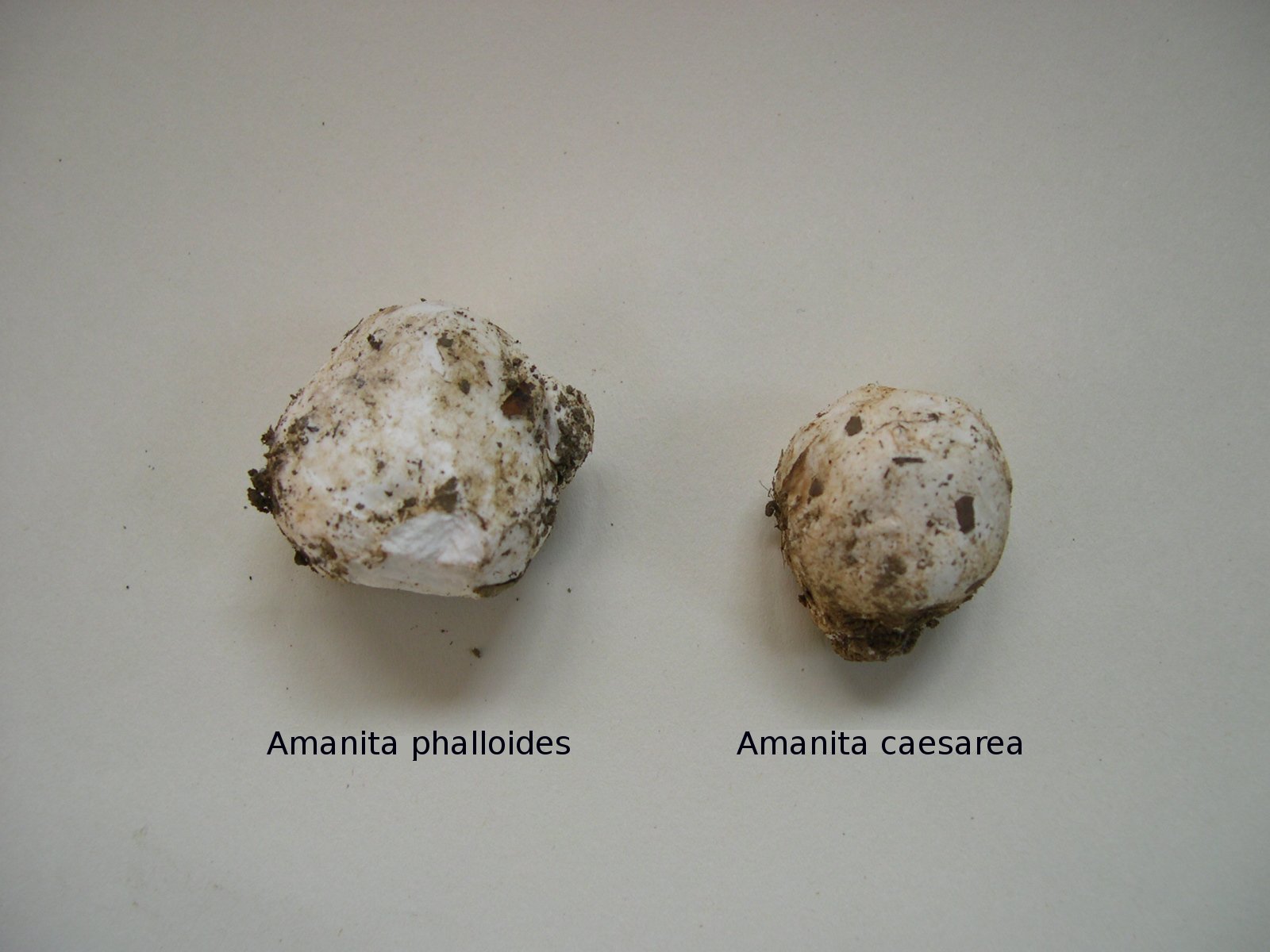Universal veil on:
[Wikipedia]
[Google]
[Amazon]
 In
In
mycology
Mycology is the branch of biology concerned with the study of fungi, including their genetic and biochemical properties, their taxonomy and their use to humans, including as a source for tinder, traditional medicine, food, and entheogens, as ...
, a universal veil is a temporary membranous tissue that fully envelops immature fruiting bodies of certain gilled mushroom
An agaric () is a type of fungus fruiting body characterized by the presence of a pileus (cap) that is clearly differentiated from the stipe (stalk), with lamellae (gills) on the underside of the pileus. In the UK, agarics are called "mushrooms ...
s. The developing Caesar's mushroom
''Amanita caesarea'', commonly known as Caesar's mushroom, is a highly regarded edible mushroom in the genus ''Amanita'', native to southern Europe and North Africa. While it was first species description, described by Giovanni Antonio Scopol ...
(''Amanita caesarea''), for example, which may resemble a small white sphere at this point, is protected by this structure. The veil will eventually rupture and disintegrate by the force of the expanding and maturing mushroom, but will usually leave evidence of its former shape with remnants. These remnants include the volva, or cup-like structure at the base of the stipe, and patches or "warts" on top of the cap
A cap is a flat headgear, usually with a visor. Caps have crowns that fit very close to the head. They made their first appearance as early as 3200 BC. Caps typically have a visor, or no brim at all. They are popular in casual and informal se ...
. This macrofeature is useful in wild mushroom identification because it is an easily observed, taxonomically significant feature. It is a character present among species of basidiomycete fungi belonging to the genera ''Amanita
The genus ''Amanita'' contains about 600 species of agarics, including some of the most toxic known mushrooms found worldwide, as well as some well-regarded edible species. This genus is responsible for approximately 95% of the fatalities result ...
'' and ''Volvariella
''Volvariella'' is a genus of mushrooms with deep salmon pink gills and spore prints.
Description
They lack a ring, and have an Amanita-like volva at the stem base. Some species of Amanita look similar, but Amanita has white spores and often ...
''. This has particular importance due to the disproportionately high number of potentially lethal species contained within the former genus.
A membrane enveloping immature fruiting bodies of gasteroid fungi
The gasteroid fungi are a group of fungi in the Basidiomycota. Species were formerly placed in the obsolete class Gasteromycetes Fr. (literally "stomach fungi"), or the equally obsolete order Gasteromycetales Rea, because they produce spores insi ...
resembles a universal veil, but is called a ''peridium
The peridium is the protective layer that encloses a mass of spores in fungi. This outer covering is a distinctive feature of gasteroid fungi.
Description
Depending on the species, the peridium may vary from being paper-thin to thick and rubber ...
''.
See also
*Partial veil
In mycology, a partial veil (also called an inner veil, to differentiate it from the "outer", or universal veil) is a temporary structure of tissue found on the fruiting bodies of some basidiomycete fungi, typically agarics. Its role is to isolate ...
* Veil (mycology)
A veil or velum, in mycology, is one of several structures in fungi, especially the thin membrane that covers the cap and stalk of an immature mushroom.Fungal morphology and anatomy
{{Agaricomycetes-stub